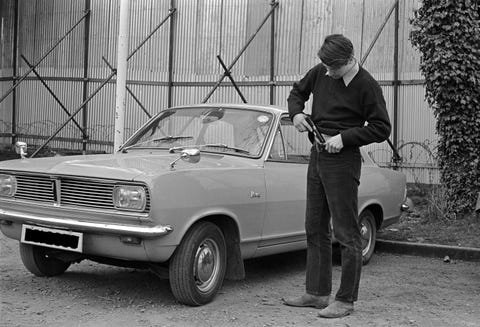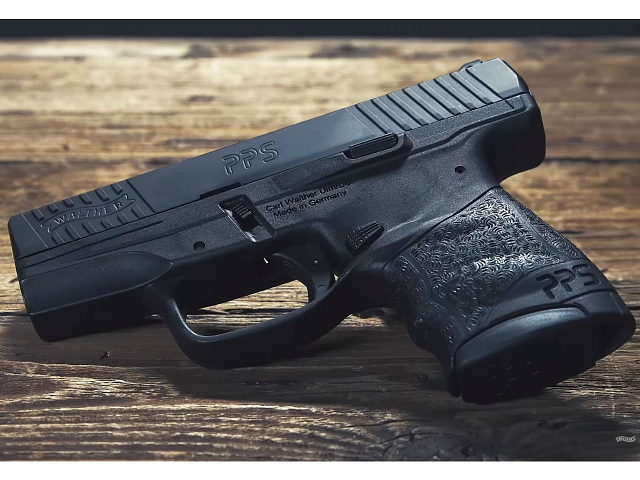I found this and I thought you might find it interesting.
Enjoy!
Grumpy

The ‘Israelification’ of airports
Saturday, January 2nd, 2010
“It is mindboggling for us Israelis to look at what happens in North America, because we went through this 50 years ago,” said Rafi Sela, the president of AR Challenges, a global transportation security consultancy. He’s worked with the RCMP, the U.S. Navy Seals and airports around the world.“Israelis, unlike Canadians and Americans, don’t take s— from anybody. When the security agency in Israel (the ISA) started to tighten security and we had to wait in line for — not for hours — but 30 or 40 minutes, all hell broke loose here. We said, ‘We’re not going to do this. You’re going to find a way that will take care of security without touching the efficiency of the airport.”
That, in a nutshell is “Israelification” — a system that protects life and limb without annoying you to death.
Despite facing dozens of potential threats each day, the security set-up at Israel’s largest hub, Tel Aviv’s Ben Gurion Airport, has not been breached since 2002, when a passenger mistakenly carried a handgun onto a flight. How do they manage that?
“The first thing you do is to look at who is coming into your airport,” said Sela.
The first layer of actual security that greets travellers at Tel Aviv’s Ben Gurion International Airport is a roadside check. All drivers are stopped and asked two questions: How are you? Where are you coming from?
“Two benign questions. The questions aren’t important. The way people act when they answer them is,” Sela said.
Officers are looking for nervousness or other signs of “distress” — behavioural profiling. Sela rejects the argument that profiling is discriminatory.
“The word ‘profiling’ is a political invention by people who don’t want to do security,” he said. “To us, it doesn’t matter if he’s black, white, young or old. It’s just his behaviour. So what kind of privacy am I really stepping on when I’m doing this?”
Once you’ve parked your car or gotten off your bus, you pass through the second and third security perimeters.
Armed guards outside the terminal are trained to observe passengers as they move toward the doors, again looking for odd behaviour. At Ben Gurion’s half-dozen entrances, another layer of security are watching. At this point, some travellers will be randomly taken aside, and their person and their luggage run through a magnometer.
“This is to see that you don’t have heavy metals on you or something that looks suspicious,” said Sela.
You are now in the terminal. As you approach your airline check-in desk, a trained interviewer takes your passport and ticket. They ask a series of questions: Who packed your luggage? Has it left your side?
“The whole time, they are looking into your eyes — which is very embarrassing. But this is one of the ways they figure out if you are suspicious or not. It takes 20, 25 seconds,” said Sela.
Lines are staggered. People are not allowed to bunch up into inviting targets for a bomber who has gotten this far.
At the check-in desk, your luggage is scanned immediately in a purpose-built area. Sela plays devil’s advocate — what if you have escaped the attention of the first four layers of security, and now try to pass a bag with a bomb in it?
“I once put this question to Jacques Duchesneau (the former head of the Canadian Air Transport Security Authority): say there is a bag with play-doh in it and two pens stuck in the play-doh. That is ‘Bombs 101′ to a screener. I asked Ducheneau, ‘What would you do?’ And he said, ‘Evacuate the terminal.’ And I said, ‘Oh. My. God.’
“Take Pearson. Do you know how many people are in the terminal at all times? Many thousands. Let’s say I’m (doing an evacuation) without panic — which will never happen. But let’s say this is the case. How long will it take? Nobody thought about it. I said, ‘Two days.’”
A screener at Ben-Gurion has a pair of better options.
First, the screening area is surrounded by contoured, blast-proof glass that can contain the detonation of up to 100 kilos of plastic explosive. Only the few dozen people within the screening area need be removed, and only to a point a few metres away.
Second, all the screening areas contain ‘bomb boxes’. If a screener spots a suspect bag, he/she is trained to pick it up and place it in the box, which is blast proof. A bomb squad arrives shortly and wheels the box away for further investigation.
“This is a very small simple example of how we can simply stop a problem that would cripple one of your airports,” Sela said.
Five security layers down: you now finally arrive at the only one which Ben-Gurion Airport shares with Pearson — the body and hand-luggage check.
“But here it is done completely, absolutely 180 degrees differently than it is done in North America,” Sela said.
“First, it’s fast — there’s almost no line. That’s because they’re not looking for liquids, they’re not looking at your shoes. They’re not looking for everything they look for in North America. They just look at you,” said Sela. “Even today with the heightened security in North America, they will check your items to death. But they will never look at you, at how you behave. They will never look into your eyes… and that’s how you figure out the bad guys from the good guys.”
That’s the process — six layers, four hard, two soft. The goal at Ben-Gurion is to move fliers from the parking lot to the airport lounge in a maximum of 25 minutes.
This doesn’t begin to cover the off-site security net that failed so spectacularly in targeting would-be Flight 253 bomber Umar Farouk Abdulmutallab — intelligence. In Israel, Sela said, a coordinated intelligence gathering operation produces a constantly evolving series of threat analyses and vulnerability studies.
“There is absolutely no intelligence and threat analysis done in Canada or the United States,” Sela said. “Absolutely none.”
But even without the intelligence, Sela maintains, Abdulmutallab would not have gotten past Ben Gurion Airport’s behavioural profilers.













